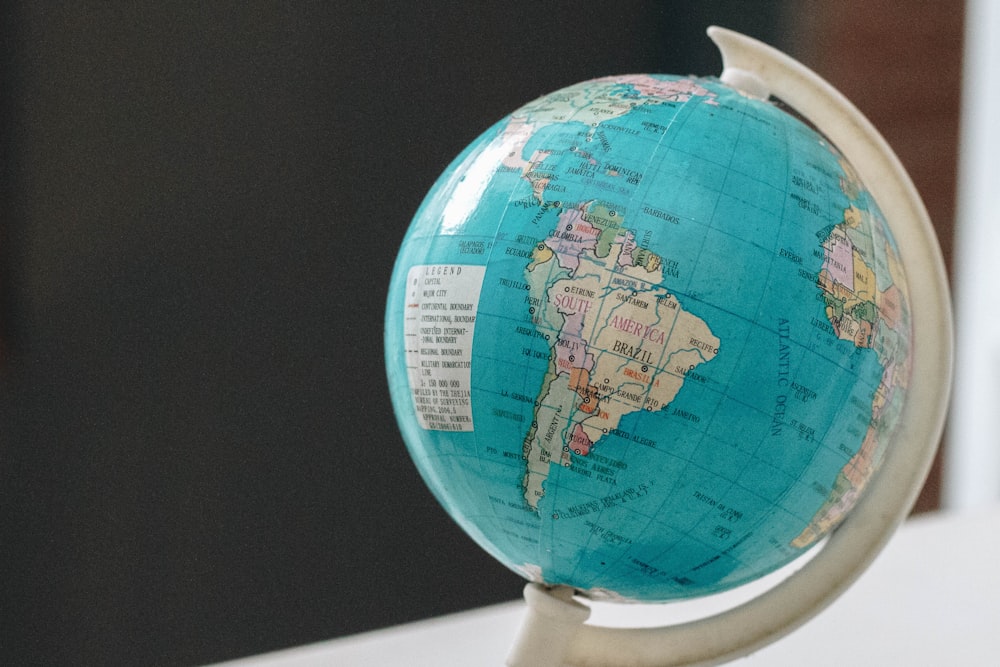
Inter-American System
The Americas is the region in the world with the longest-standing practice of multilateral organization, first in the form of the Pan American Union (1889) and latterly with the OAS (1948) and its sister organizations that make up the Inter-American System.
Despite this fact, the hemisphere remains one of the least integrated regions in in the globe.
Even in its sub-regions (South and Central America and the Caribbean) intra-regional trade is small and the dependence on extra-regional trade and investment heavy.
The exception to this is the more highly integrated area of North America, but even there significant challenges remain.
Through much of this period the preponderance of the US created questions about exactly whose interests would be served by a robust hemispheric multilateral engagement.
Inevitably some of those questions will again arise in the context of the upcoming IX Summit of the Americas, to be hosted by the USA in early 2022.
This brief reflection seeks to trace the history of multilateral cooperation in the Americas, and in particularly to identify the common good that has been served through multilateral endeavor, and the Summits in particular.
It argues that while the Cold War imperatives that drove US interventionism in the past Century are now historical, ongoing ideological posturing on both sides of the spectrum continues to limit the potential for multilateral cooperation and economic integration.
A focus on political differences also obscures the very important ongoing technical cooperation led by multilateral organizations and financial institutions that are critical to addressing the challenges faced in the region.
This has become even more pertinent over the last 18 months in the critical work of the IFIs and other technical agencies in helping the region to recover from the current social and economic consequences of the covid pandemic.
A Key Moment
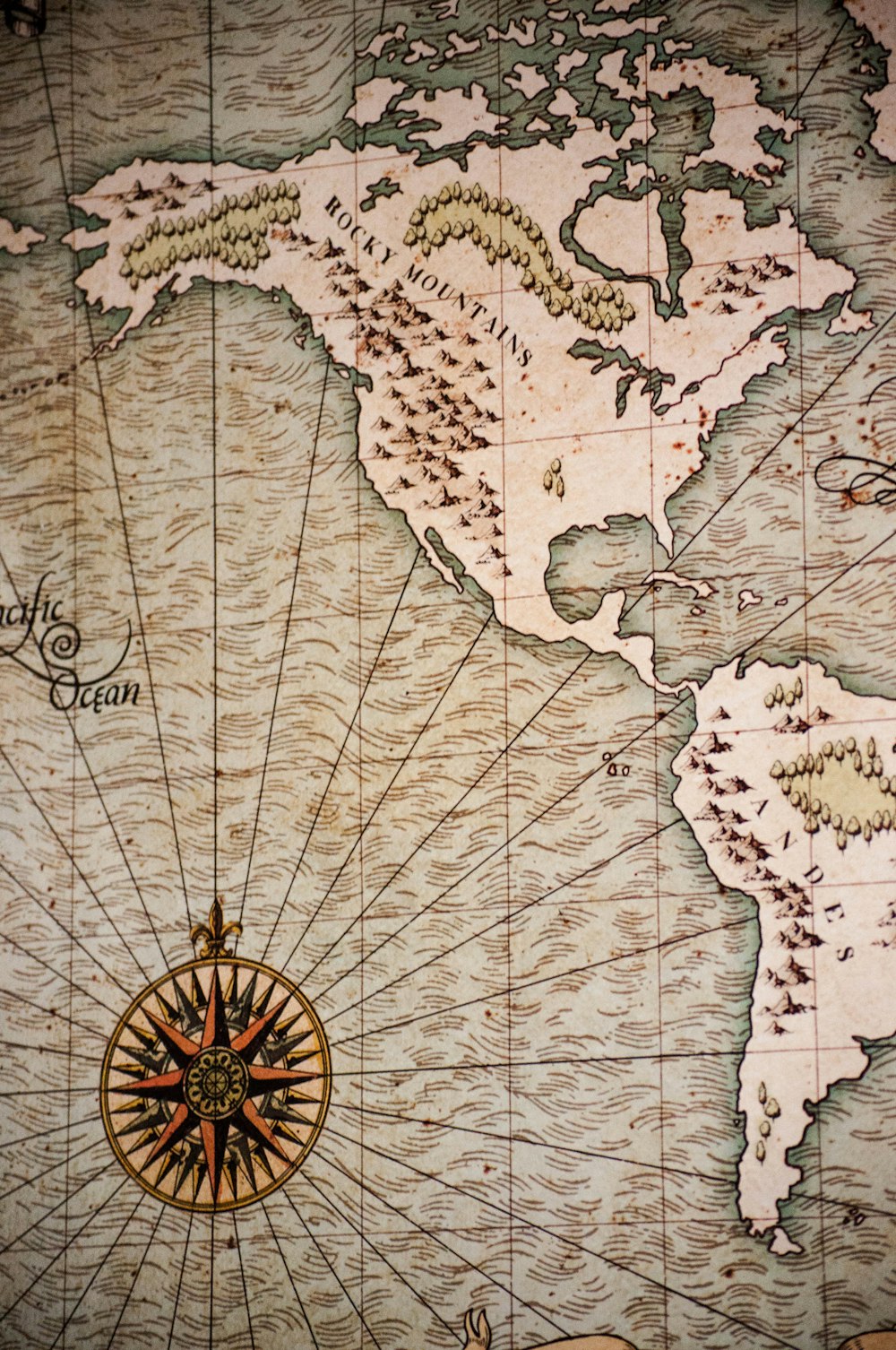
We are at a key moment in defining the collective future of the hemisphere.
The Covid 19 pandemic has hit the Americas particularly hard, resulting in a much higher per capita death toll than other regions, and economic consequences that threaten the hard-fought economic and social gains of the last quarter century.
It is well known that Covid is particularly difficult for individuals with pre-existing conditions and debilities.
It seems that that same logic applies to countries and regions as well.
Through this prism, the Americas can be seen as a region already plagued by inequality, weaknesses in governance, high rates of informality, and low levels of education, health and extremely limited or over-extended fiscal capacity.
These pre-existing conditions test the capacity of the region’s governments, many of whom must deal with hopelessly inadequate infrastructure and governance capability.
Endemic corruption, compounded by huge sums of money disbursed by narco-mafias and other rent-seekers in the private sector, such those revealed by the as the Lava Jato scandal, add corrosive accelerants to the mix.
Moreover, not a few governments in the region are taking advantage of the circumstances including the dramatically expanded inflow of external assistance to institute extraordinary measures that circumvent the normal anti-corruption safeguards, or to contend that normal electoral disciplines need not apply.
Although the US, as host of the next Summit of the Americas, has yet to announce the official theme for discussion by leaders, it is evident that the scourge of COVID-19 and its sanitary, economic, and social consequences will be front and center.
But as was the case at the Lima Summit in 2018, the emerging challenges to democratic governance in the region will need to be addressed as well.
Before tackling the prospects for the IX Summit of the Americas, it is important to situate this meeting in the history of multilateral endeavor in the region, including the central role played by the Organization of American States.
A brief history
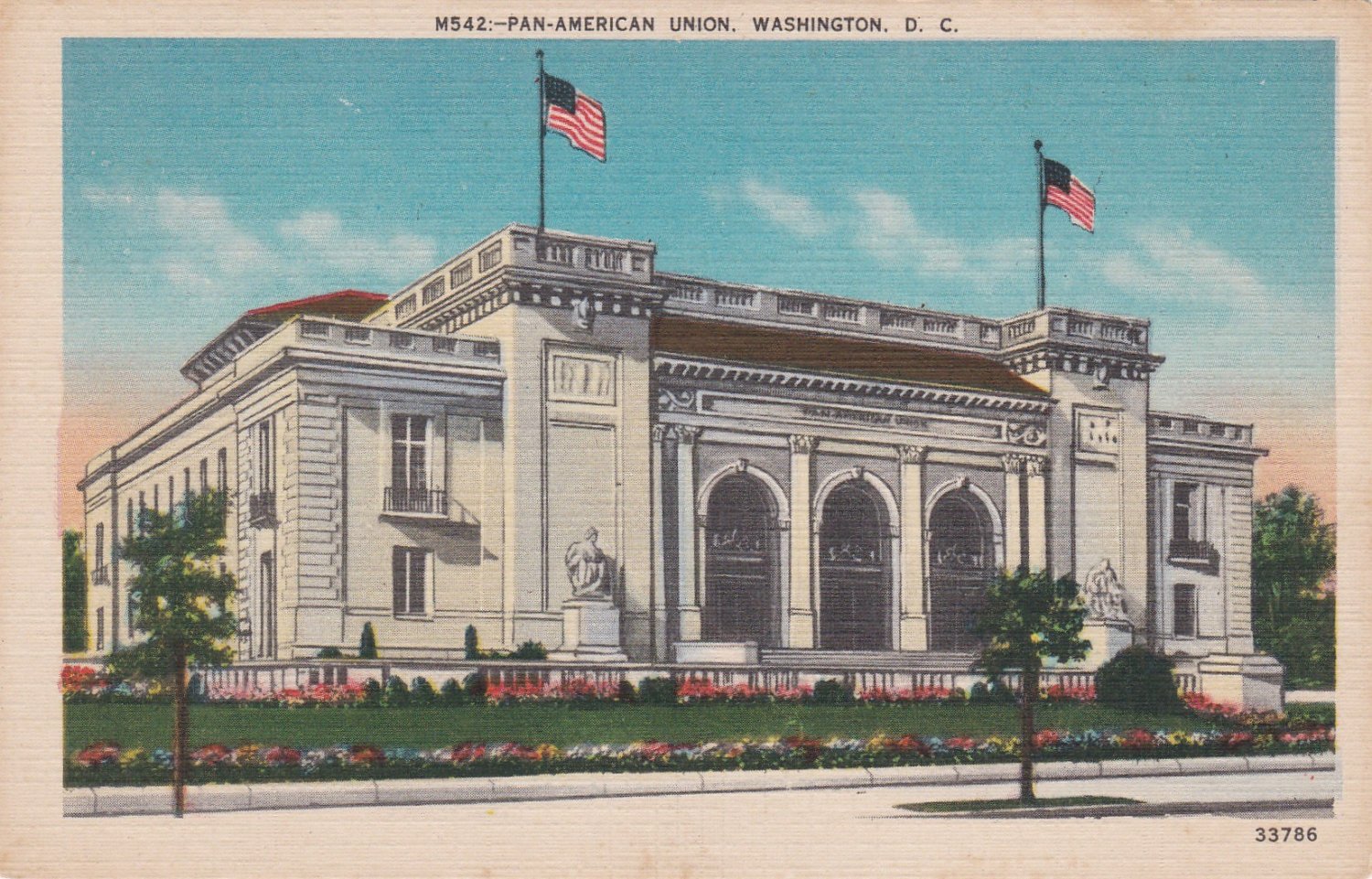
Although the initial impulse of the Pan American Union at its formation in 1889 was commercial, its true value over the next century was as the site for the negotiation of the web of international treaties and jurisprudence that has served the region well.
This included the launch as early as the 1920s of institutions such as the Inter-American Women’s Commission, one of the world’s first regional institutions dealing with gender issues.
It also served as the site for the resolution of disputes between members.
To see its value, you have only to look at the changes recorded over the one hundred years of the 20th Century to the map of Europe, which was transformed on multiple occasions — by the collapse of the Austro-Hungarian Empire, two world wars and Cold War spheres of influence and jostling.
Then compare that to the Americas, which aside from the impact of decolonization in the Caribbean, has remained largely unchanged.
Much of that was due to the careful crafting of a web of inter-American jurisprudence, and the existence of the Pan-American Union as a forum to resolve disputes.
Indeed, the maturity of the inter-American system particularly in dealing with bilateral disputes was so well established, that when the United Nations Charter was negotiated after WW2, it deferred in Chapter VIII, article 52, to the existing regional institutions as the agencies of first resort to be engaged before bringing matters to the Security Council.
The Pan-American Union and the OAS which succeeded it in 1948, also served as the site for the negotiation of the treaties that gave rise to a whole web of multilateral institutions such as the Pan American Health Organization, the Inter-American Development Bank, and the Inter-American Agricultural Commission, that today we refer to as the Inter-American system.
The history of the Summits is built on top of these multilateral foundations.
Leaders of the Americas were in fact the titular heads of the Pan-American Union, and they had met over the years on sporadic occasions in the so-called Conferences of the Americas.
But, when the OAS was formed in 1948, it substituted Foreign Ministers in the lead, and this early practice of Summit diplomacy was lost.

This would continue to be the case until the First Summit of the Americas was convened by President Bill Clinton in Miami in 1994.
By that time there was a proliferation of Leader-led summit initiatives including the G7, NATO, and a host of regional arrangements such as the EU, ASEAN, APEC, and the African Union.
So, ironically, the Americas which was the first region to begin building a multilateral architecture, was now late to the party.
There is a whole debate about the added value of these “Summit diplomacy” processes. There are many who insist that relative to cost (preparations, security, accommodation), results are few.
And it is true that no matter how ambitious the mandates and initiatives are, they will have limited impact if the countries do not comply, and take the necessary measures to implement new laws, regulations, and practices to achieve articulated aspirations. (Climate change Summits are notable examples of this tendency)
Realists would contend that in moments where the conduct of international politics falls more and more in presidential offices, and less in the Foreign Ministries, there is usefulness in building ties and relationships between the main actors on the international stage.
Against this backdrop the Summits of the Americas presents a mixed history, of successes and some failed initiatives.
To quickly tell the story, one can allude to three phases, each with different levels of ambition and different levels of success.
The first, went from Miami in 1994 to the Fourth Summit in Mar de Plata in 2005.
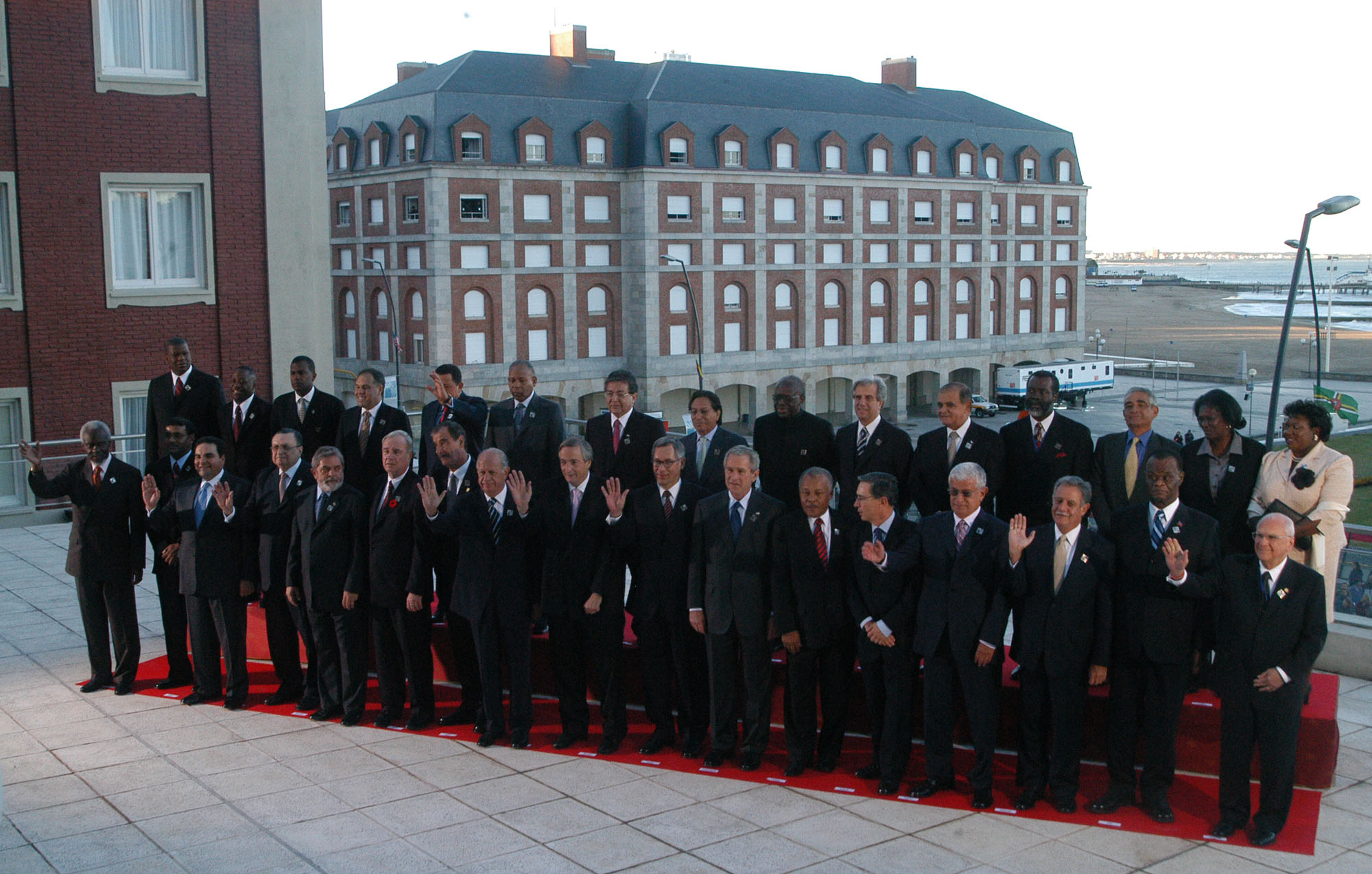
During this period, the Summits aspired to establish a regional economic integration process, the Free Trade Area of the Americas, which for various reasons, including the penchant for ideological theatrics referred to above, was not achieved.
But this does not indicate that the effort was worthless.
In fact, despite not reaching a hemispheric agreement, the FTAA had an important impact on improving the capacity of regional governments in trade and investment negotiations.
This resulted in a period where many countries of the Americas ambitiously negotiated bilateral, regional, and extra-regional treaties, and the initiation of bold new efforts such as the “Pacific Alliance.”
More than in the economic sphere, the first phase of the Summits was distinguished by successes in building common values and practices in the areas of democratic governance and coherence in the inter-American system.
Particularly noteworthy, in this sense, was the Agreement in Miami to negotiate the first multilateral instrument in any region of the globe to cover corruption, the Inter-American Convention against Corruption, and its implementation mechanism (MESICIC).
Obviously, the treaty did not end this scourge, but it did allow the evolution of legislative frameworks that have strengthened legal and judicial systems to fight against this nefarious phenomenon of corruption.
Another important success resulted from the third Summit in 2001 in Quebec City, which began the negotiation of the Inter-American Democratic Charter, a shared undertaking that confirms democratic values as the cornerstone of regional governance.
Unlike other regional associations, it requires adherence to democratic practice of all participants, and establishes recourse where constitutional provisions and safeguards are ruptured.
The meeting in Quebec City was also important in laying the basis for a formalization of the Summits.
In other words, it helped define not only the role of the OAS as Technical Secretariat and institutional memory of the process but, also, to implement a defined follow-up process.
Also, the role of important partners such as the private sector, civil society, and inter-American institutions were consolidated in Quebec.
This constitutes an important recognition that governments cannot and should not act alone and that a lasting change in the region to face structural problems requires a collective and collaborative effort backstopped by a coherent and coordinated support from the regions multilateral institutions and lending agencies.
After Quebec began the second period in which the integration process of the Summits of the Americas encountered a setback that lasted almost 15 years.
This phase coincided with the arrival of the Bolivarian movement and the articulation of an ideological option in disagreement with the Democratic Charter, certainly the FTAA, and possibly the OAS as an institution.
This period also witnessed the proliferation of alternative regional integration forums, such as ALBA, UNASUR and CELAC.

As a result, there was little possibility of achieving consensual mandates at the Summits of Mar del Plata (2005), Trinidad and Tobago (2009), Cartagena de Indias (2012) and Panama (2015), due to these ideological differences and the requirement for political theatrics that played out at these meetings.
This is not to say that there was no diplomatic value in the meetings.
For example, the 2009 Summit in Trinidad and Tobago launched the Energy and Climate Partnership for the Americas, which remains an active forum for technical exchange and support.
Also, the meetings had meaning in terms of personal diplomacy, for instance providing a venue a first meeting between the US President, Barack Obama, and his hemispheric counterparts, or in 2015 the inclusion of Cuba, after years of isolation from the system inter-American.
However, there were no major agreements or strong collective initiatives in this period.
Instead, the foreign ministers of the host country simply reported to the OAS for further work the areas where consensus existed, but not as official mandates handed down from the leaders.
This changed in the third phase that began in 2017 in anticipation of the 2018 Lima Summit.

The key factors included the arrival of new governments in Brazil, Argentina and Ecuador and the consequent weakening of the ALBA group as a negotiating block.
In fact, in the final phases, and after the 2018 elections, Venezuela’s participation in the negotiations and in the Summit, itself, was denied by the organizers for having violated the Democratic Clause established in 2001 in Quebec.
This combined with Peru’s agile diplomatic handling as host and chair of the Summits process and the selection of a relevant topic – democratic governance against corruption – resulted in the adoption for the first time in 13 years of mandates established by consensus.
The “Lima Commitments on Democratic Governance against Corruption” set out a 57-point road map for the countries of the region and the inter-American system to address endemic corruption and to report back their progress at the next Summit.
Also, a real and constructive participation by the affected sectors, including civil society, indigenous communities, the private sector, and the multilateral institutions that make up the inter-American system was incorporated — another fact that has helped the credibility of the Summit process.
Although the US has not defined the specific date, theme, or location for the IX Summit of the Americas, early indications from organizers, including at the first meeting of the Summits Implementation and Review Group held June 16/17, 2021, gave clear indications that this inclusive approach remains a priority for the US as host.
Evidently the set of issues around the sanitary, economic and governance crisis faced by the region will be front and center.
The Summit also coincides with the 20th anniversary of the Inter-American Democratic Charter, but even without that, events in Venezuela, Nicaragua, and elsewhere will demand that the quality of democratic practice in the hemisphere be addressed by Leaders.
Of course, the prospects for consensus at the next Summit will depend on the openness that exists around the table to address these problems in a pragmatic and non-ideological fashion.
Interestingly, the personalities around the table have changed considerably since the Lima Summit in 2018.
New governments with significantly different philosophical leanings have arrived not only in the host country but also in Argentina, Uruguay, Brazil, Peru, El Salvador, and Mexico.
It remains to be seen how this new balance will impact the prospects for consensus.
Conclusion
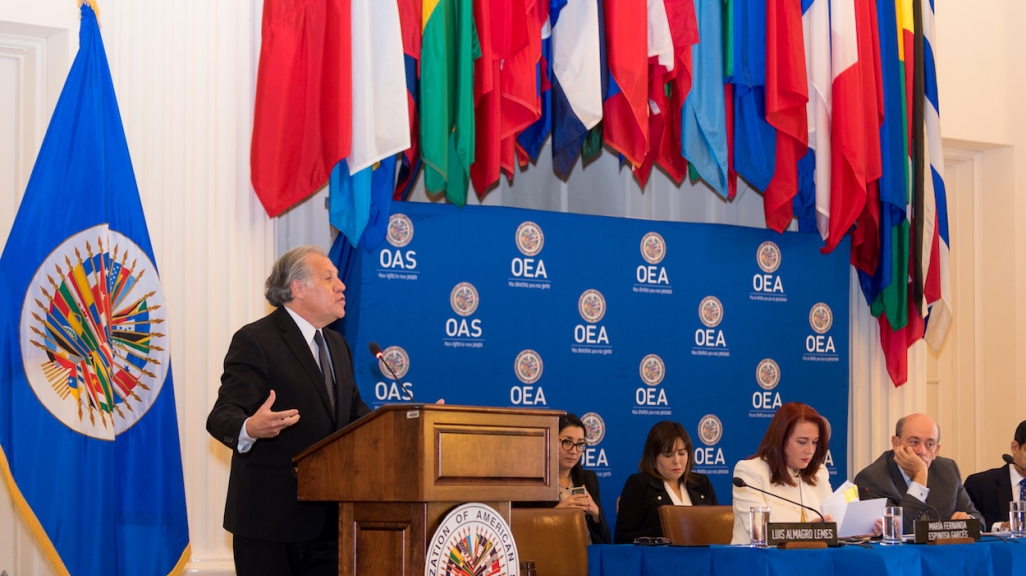
In conclusion, it can be seen that the region has historically benefitted from the early establishment of multilateral cooperation, particularly in the evolution of an active Inter-American system and the ability to address inter-state rivalries and disputes in the context of a recognized jurisprudence.
The Summits process has set a high bar for the region, and many of the original challenges it sought to address through the Inter-American Convention on Corruption and the Inter-American Democratic Charter still require resolute action.
Covid-19 pandemic has revealed the extent to which segmented and uncoordinated remedies continue to make the region susceptible to backsliding.
On the IX Summit of the Americas offers leaders of the region an opportunity to set aside ideological differences to address the underlying structural weaknesses of the Americas.
Outcomes of recent Summits provide optimism that this will be the case.

James Lambert is the Secretary for Hemispheric Affairs (SHA) of the Organization of American States (since October 1, 2015).
This Secretariat coordinates organizational responses to major hemispheric challenges. Programs such as the Summits of the Americas and others that support good governance in the region fall under his responsibility. SHA also manages public diplomacy for the OAS, including strengthening cultural programs through the Art Museum of the Americas and the Columbus Memorial Library.
Before joining the OAS in 2015 he served for 33 years as a Canadian diplomat and Ambassador.
As a leading expert on Latin America and the Caribbean in the Government of Canada, Lambert served in Costa Rica, Japan, and Mexico, before becoming Ambassador to Guatemala and El Salvador in 2002.
In Ottawa he held positions of Director General of Latin America and the Caribbean and Director General of Public Diplomacy.
Between 2010 and 2015, he was appointed Canadian Ambassador to the Kingdom of the Netherlands and Permanent Representative to the Organization for the Prohibition of Chemical Weapons.
From The Hague he was also accredited to the international criminal and judicial institutions based in that city and worked with them to advance the agenda of global peace and justice.
The views and opinions expressed here are those of the author and do not necessarily reflect the official policy or position of CEIM. Any content provided by our bloggers or authors are of their opinion. The content on this site does not constitute endorsement of any political affiliation and does not reflect opinions from members of the staff and board.







